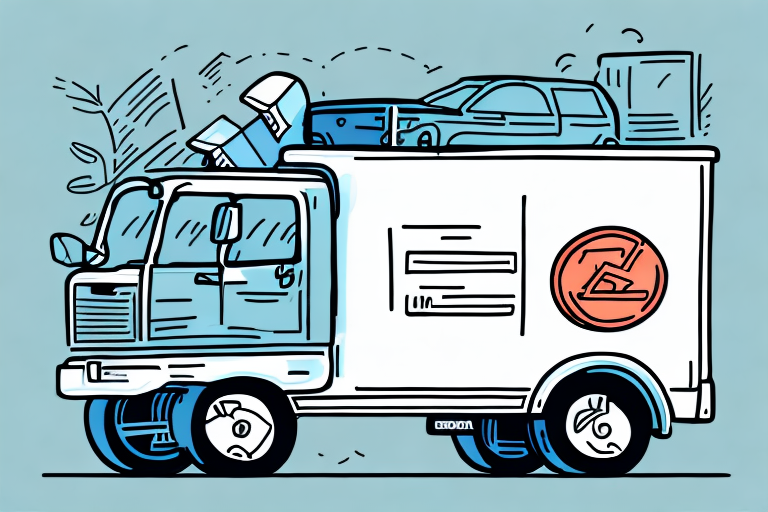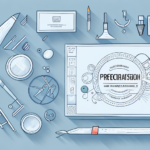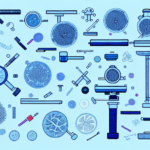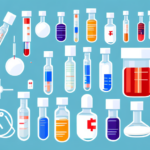Ensuring Safe and Efficient Transport of Medical Specimens
Transporting medical specimens safely and efficiently is paramount for accurate diagnosis and effective treatment of various diseases. Whether handling blood, urine, tissue samples, or other bodily fluids, proper procedures ensure that specimens remain intact and uncontaminated from collection to laboratory analysis. This comprehensive guide explores the critical aspects of specimen transport, including handling and packaging, risk management, regulatory compliance, best practices, and the role of emerging technologies.
Importance of Proper Handling and Packaging
Maintaining Specimen Integrity
Proper handling and packaging are essential to preserve the integrity of medical specimens. Contamination, degradation, or loss of specimen quality can lead to inaccurate test results, potentially compromising patient care.
Temperature Control
Maintaining the correct temperature is crucial for certain specimens. For example, blood and urine samples must be kept at specific temperatures to prevent degradation. Utilizing insulated containers and refrigerated transport vehicles is necessary to ensure specimens remain viable.
Accurate Labeling
Each specimen must be clearly labeled with the patient's name, specimen type, collection date, and any relevant medical information. This ensures proper identification and reduces the risk of sample mix-ups.
Understanding and Mitigating Transport Risks
Potential Contamination
Even with meticulous handling, specimens can become contaminated during transport. Using sterile packaging materials and following strict protocols minimizes this risk.
Environmental Hazards
Changes in temperature, pressure, and physical vibrations during transport can affect specimen quality. Selecting reliable transport methods and vehicles equipped to handle these challenges is essential.
Time Constraints
Timely delivery is critical. Delays can result in specimen degradation, affecting the accuracy of test results. Efficient logistics planning helps ensure specimens reach laboratories promptly.
Best Practices for Specimen Transport
Comprehensive Documentation
- Maintain detailed records of specimen collection, handling, and transport.
- Ensure all necessary forms and permits accompany the specimens.
Effective Communication
Clear communication between collection sites, transporters, and laboratories ensures seamless coordination and addresses any issues promptly.
Selecting the Right Courier Service
Choosing a courier with expertise in handling medical specimens is vital. Consider factors such as geographical coverage, reliability, tracking capabilities, and compliance with health regulations.
Monitoring and Tracking
Utilize tracking systems to monitor specimen status in real-time. This enables quick responses to any transport disruptions and ensures specimens are delivered on schedule.
Regulatory Compliance and Training
Adhering to Regulations
Transporting medical specimens is governed by international and national regulations. Compliance with guidelines from organizations like the Centers for Disease Control and Prevention (CDC) and the Food and Drug Administration (FDA) is mandatory to ensure safety and legality.
Training Personnel
All personnel involved in specimen transport must receive comprehensive training. This includes education on proper handling techniques, emergency procedures, and understanding regulatory requirements.
Technology and Innovations in Specimen Transport
Advanced Temperature-Controlled Packaging
Innovations in packaging technology, such as active temperature-controlled systems, ensure specimens remain within required temperature ranges throughout transit.
Electronic Tracking Systems
Modern tracking systems provide real-time updates on specimen location and status, enhancing transparency and enabling proactive management of the transport process.
Emerging Technologies
Emerging technologies like drones and autonomous vehicles have the potential to revolutionize specimen transport by reducing delivery times and increasing reliability.
Case Studies and Future Directions
Successful Transport Models
Case studies from healthcare institutions demonstrate the effectiveness of specialized courier services and centralized specimen collection points in ensuring safe and efficient transport.
Future Innovations
Ongoing research and development continue to introduce new methods and technologies aimed at further enhancing the safety, efficiency, and reliability of medical specimen transport. Investments in these areas are crucial for the advancement of healthcare diagnostics and treatments.
Conclusion: Prioritizing Safe and Efficient Specimen Transport
The transportation of medical specimens is a critical component of the healthcare system, directly impacting the accuracy of diagnoses and the effectiveness of treatments. By adhering to best practices, complying with regulations, leveraging advanced technologies, and continuously training personnel, healthcare providers can ensure the safe and efficient transport of specimens. This commitment ultimately leads to improved patient outcomes and the advancement of medical science.




















